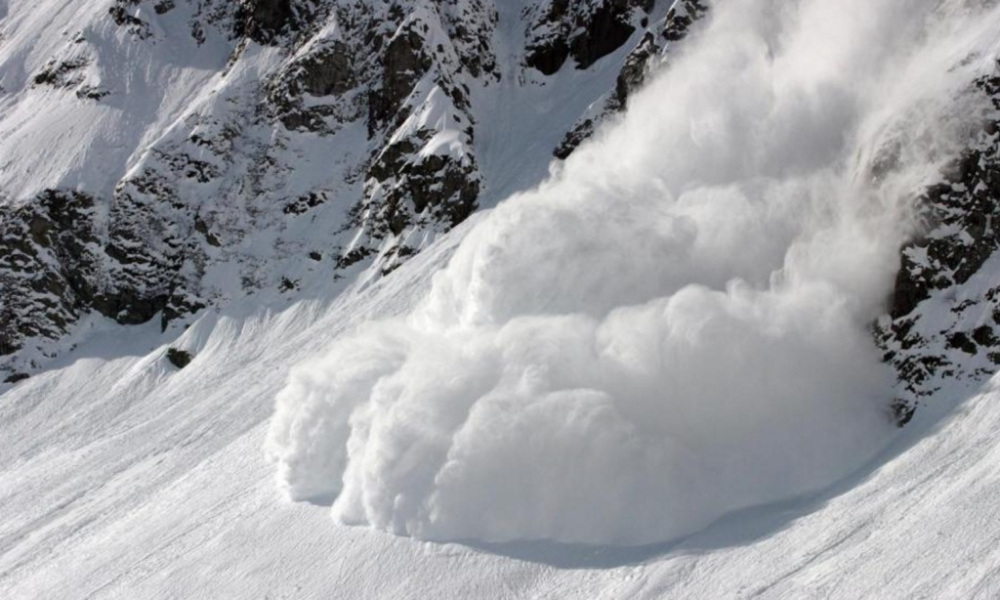SOURCE: Science Daily
DATE: March 14, 2018
SNIP: Avalanches are a natural phenomenon and occur repeatedly in mountain areas; nonetheless, rising temperatures are altering their triggering. This can lead to disasters and serious consequences in mountain areas where they can severely affect the socio-economic development and the destruction of traffic infrastructure, and buildings. This is the case in the Indian state of Himachal Pradesh, where increasing residential numbers and tourism are exerting pressure on land use.
The models used for testing the impact of climate change combine the risks of avalanche with local climate data. They were adjusted to include the likely effect on topographical features resulting from earlier avalanches. Since they destroy the plant cover, they are an aggravating risk factor. The results brooked no argument: from the second half of the twentieth century, there has been an increase in the number of avalanches, both in terms of frequency and intensity. The frequency has risen from one event per decade to almost one event every year.
Avalanches are bigger, travel greater distances and are triggered earlier in the year. These changes can be attributed clearly to rising temperatures, which have reached 0.2 to 0.4 degrees annually in some parts of the Himalayas.

